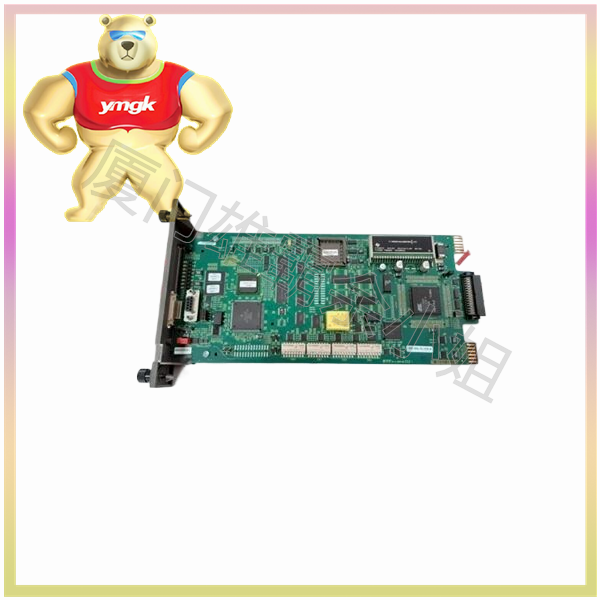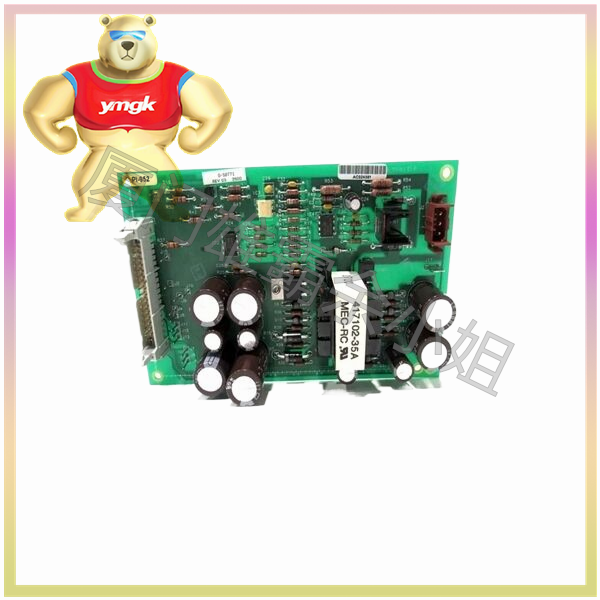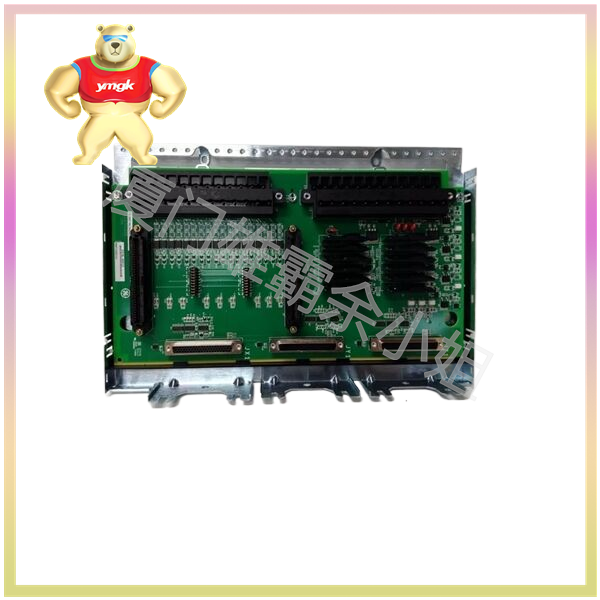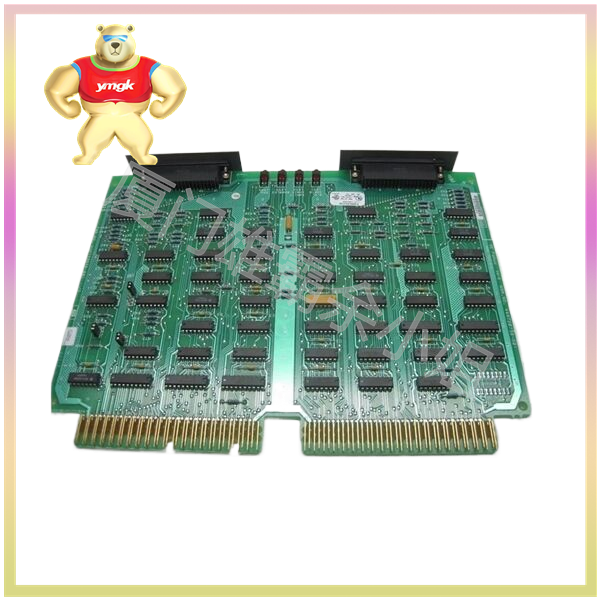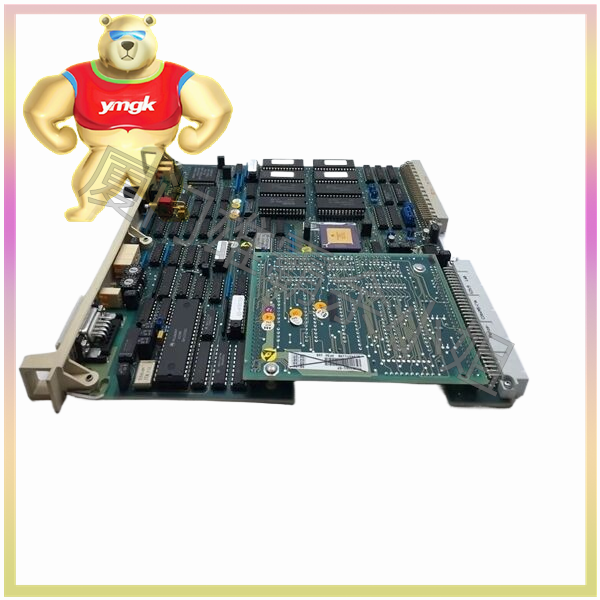Voltage relay
Voltage relay is an electronic control device that controls and protects circuits by monitoring voltage changes in the circuit. Voltage relays have control systems (also known as input circuits) and controlled systems (also known as output circuits), and are commonly used in relay protection devices for generators, transformers, and transmission lines as starting elements for overvoltage protection or low-voltage lockout.
The main functions of voltage relays include automatic regulation, safety protection, and conversion circuits. When the voltage in the circuit exceeds or falls below the set value, the voltage relay can quickly cut off or connect the circuit to protect the equipment from damage. In addition, voltage relays can also achieve automatic circuit switching based on voltage changes in the circuit.
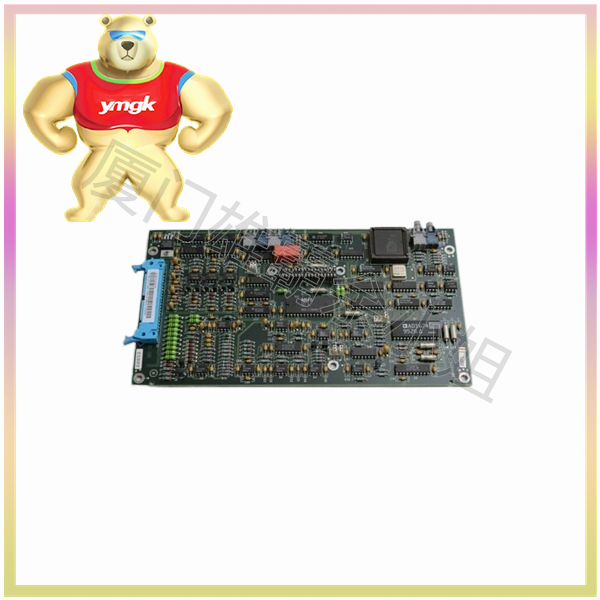
Current relay
Current relay is another important electronic control device that controls and protects circuits by monitoring changes in current in the circuit. Current relays also have control systems and controlled systems, and are commonly used in relay protection circuits for overload and short circuit of motors, transformers, and transmission lines.
The main function of a current relay includes detecting the magnitude and variation of the current signal, and cutting off the circuit when the current exceeds or falls below the set value to prevent equipment overload, overheating, or other dangerous situations. In addition, current relays can also be used to monitor the current load of additional equipment, achieving optimized operation or energy-saving management of additional equipment through automatic control.

